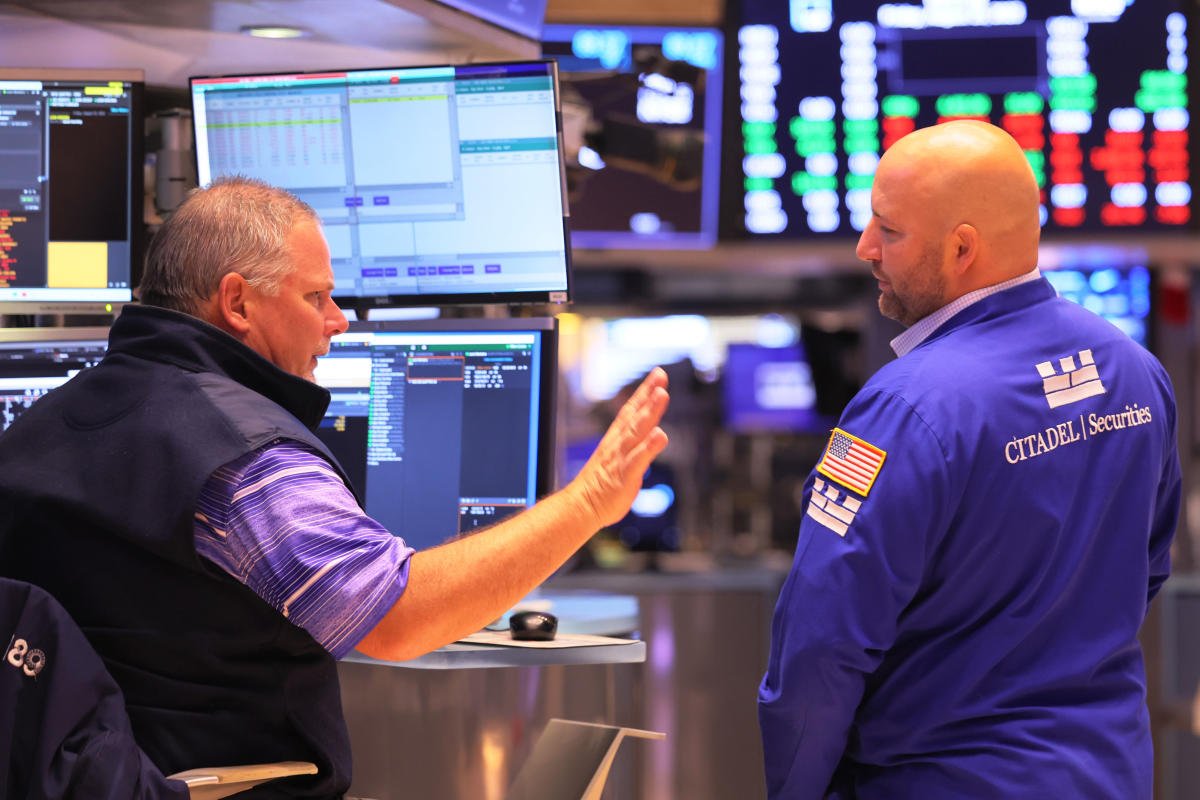US stock futures slipped on Wednesday as investors counted down to high-stakes earnings from AI darling Nvidia (NVDA) and the release of Federal Reserve minutes that could set hopes for interest rates.
S&P 500 (^GSPC) futures dropped roughly 0.2%, while those on the Dow Jones Industrial Average (^DJI) shed 0.1%. Contracts on the tech-heavy Nasdaq 100 (^NDX) led the way lower, down 0.4% on the heels of Tuesday’s declines.
Stocks are lagging with the focus fixed on looming results from Nvidia, whose shares fell 4% on Tuesday for their worst day since Oct. 17 as investors positioned for the release. Expectations are running high for the chipmaker’s fourth quarter results, seen both as a barometer for the AI trade and a potential turning point for stocks more broadly.
The market is on edge for any disappointment in the report, expected after the bell. Nvidia is one of a small group of megacaps behind a big chunk of recent gains for stock indexes. Mixed prospects for growth among those “Magnificent 7” stocks have prompted hedge funds to cut holdings, according to Goldman Sachs.
In corporates, shares of Palo Alto Networks (PANW) tumbled over 20% in premarket after the cybersecurity provider cut its annual revenue forecast, igniting concerns about a potential pullback in tech spending. Meanwhile, Walgreens shares (WBA) slid 3% after the pharmacy giant lost its spot on the blue-chip Dow index to Amazon (AMZN).
The wait is also on for minutes from the Fed’s January meeting, scrutinized for insight into whether policymakers are anywhere near likely to ease up on interest rates. Recent discouraging data has prompted a wavering in conviction the central bank will cut rates in June, seen as the most probable timing.
Read more: What the Fed rate decision means for bank accounts, CDs, loans, and credit cards
Elsewhere, a $3 billion hit to leading lender HSBC’s profit from a charge on its stake in a Chinese bank rattled nerves about the fallout from problems in the world’s second-biggest economy. HSBC shares dropped about 8% in premarket trading.
Live2 updates





